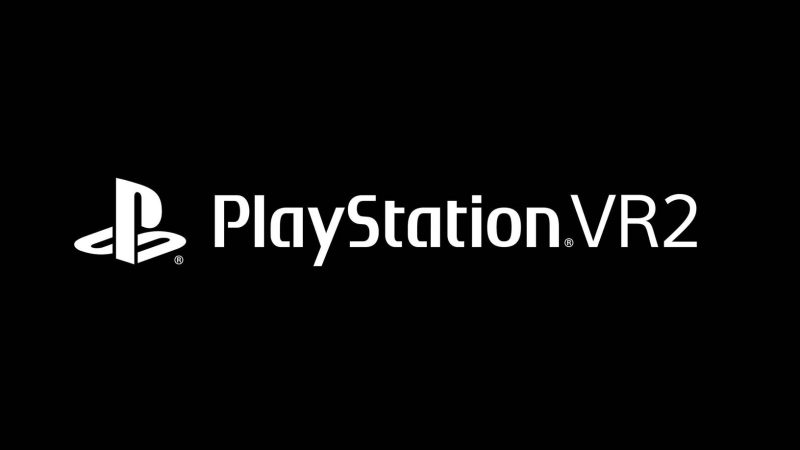Sony has officially confirmed the list of PSVR 2 specs at CES 2022 this week, but there’s a lot of folk no doubt wondering how the new headset compares to competing VR devices such as Valve Index and Quest 2.
Fortunately, ResetEra user Primal Sage has put together a handy PSVR 2 specs vs. Valve Index, Quest 2 comparison showcasing just how well Sony’s new device stacks up against its competition. The good news? It seems to come out pretty favourably!
PSVR 2 Vs. Valve Index, Quest 2
Screens
PSVR2 (Winner): 2000 x 2040 per eye. OLED with HDR. Up to 120hz refresh rate
Valve Index: 1600 x 1440 per eye. LCD. Up to 120hz refresh rate (144hz experimental)
Quest 2: 1832 x 1920 per eye. LCD. Up to 120Hz refresh rate.
Lenses
PSVR2: 110 degrees field of view. Fresnel lenses. IPD settings Unknown.
Valve Index (Winner): 130 degrees field of view. Fresnel lenses. IPD settings 58-70.
Quest 2: 100 degrees field of view. Fresnel lenses. IPD settings 58, 63 or 68.
Tracking
PSVR2: Inside out tracking via 4 cameras in the headset. No external sensors needed. Controllers only tracked when in view of headset cameras.
Valve Index (Winner, although it depends on your dedicated gaming space): 2 external sensors needed for tracking of headset and controllers. Can track controllers behind your back.
Quest 2: Inside out tracking via 4 cameras in the headset. No external sensors needed. Controllers only tracked when in view of headset cameras.
Eye Tracking
PSVR2 (Winner): Cameras inside the headset tracking your eye movement. This makes it possible to render at full resolution where your eye is focusing and lower res in the periphery. Thus freeing up resources. Essentially making it possible to have VR games at PS5 fidelity.
Valve Index: None.
Quest 2: None.
Controllers
PSVR2 (Potential Winner, hard to determine currently): Haptics in the controller – it knows which buttons you are touching and thereby semi finger tracking. Dual sense features, which means improved rumble and resistive triggers. Might be easier to track than the others due to the orb design of the tracking rings.
Valve Index: Haptics in the controller – it knows which buttons you are touching and thereby semi finger tracking. Individual finger tracking.
Quest 2: Haptics in controller – it knows which buttons you are touching and thereby semi finger tracking.
Haptics In Headset
PSVR2 (Winner): Actual feedback in the headset. Crashing a car in VR can be jarring because the view shakes, but you feel nothing. Headset haptics will help with immersion and reduce discomfort. Also, cool gameplay opportunities. Feel the raindrops on your head. Sense something whizzing past your head.
Valve Index: None.
Quest 2: None.
Sound
PSVR2: You connect your own headphones.
Valve Index (Winner): Built-in high quality headphones.
Quest 2: Built-in low quality headphones and the option to use your own.
Wireless/Corded
PSVR2: Uses a single USB-C cord connected to the PS5.
Valve Index: Uses a bulky proprietary cable to the PC.
Quest 2 (Winner): Uses a single USB-C cord connected to the PC. Also able to connect wirelessly to a PC but this does not work stably in all setups. Standalone/native apps run on the headset do run perfectly well wireless.
